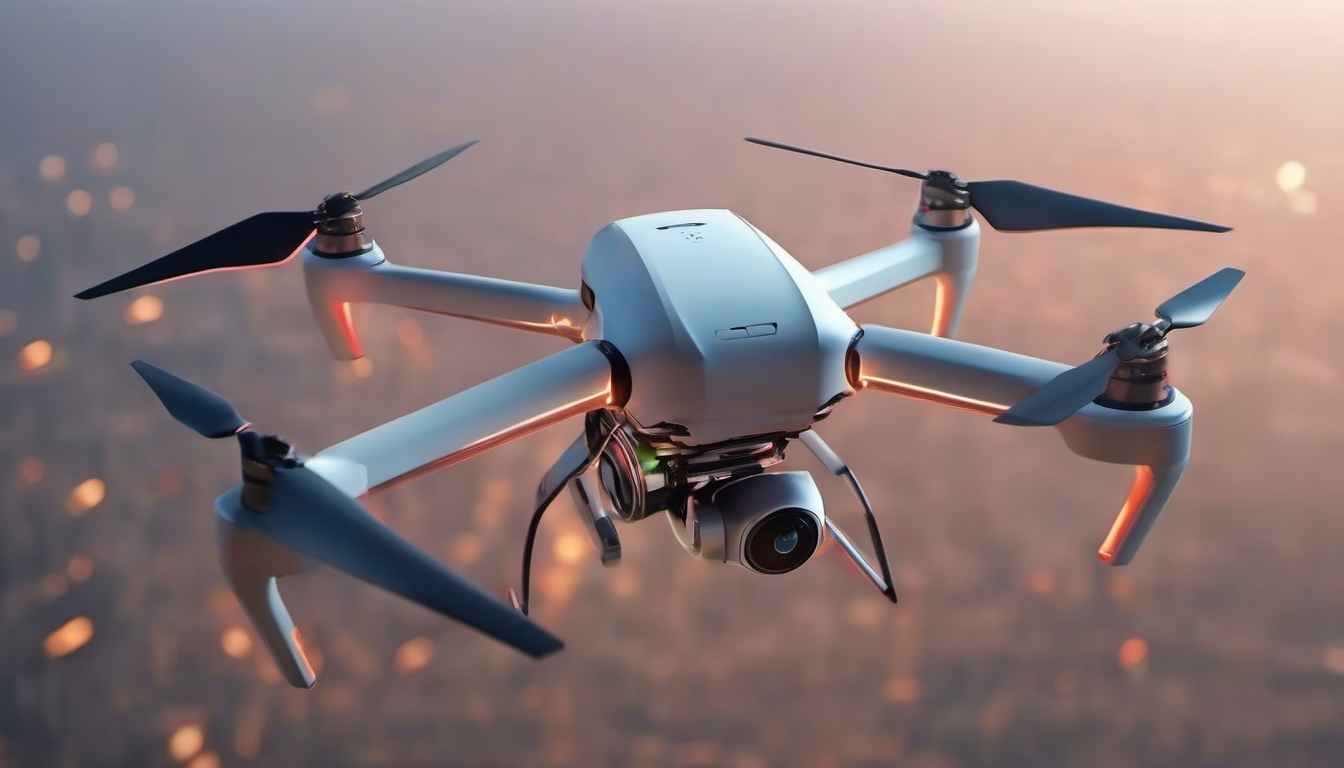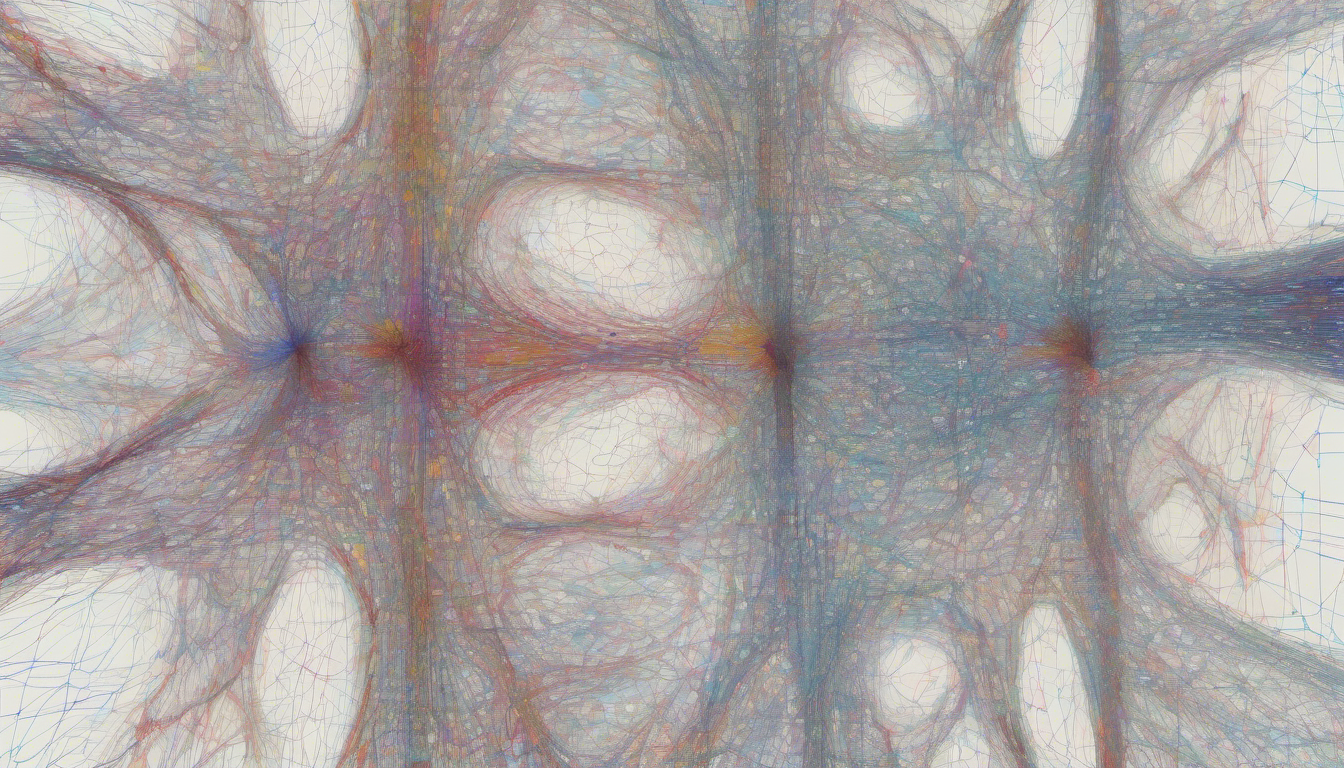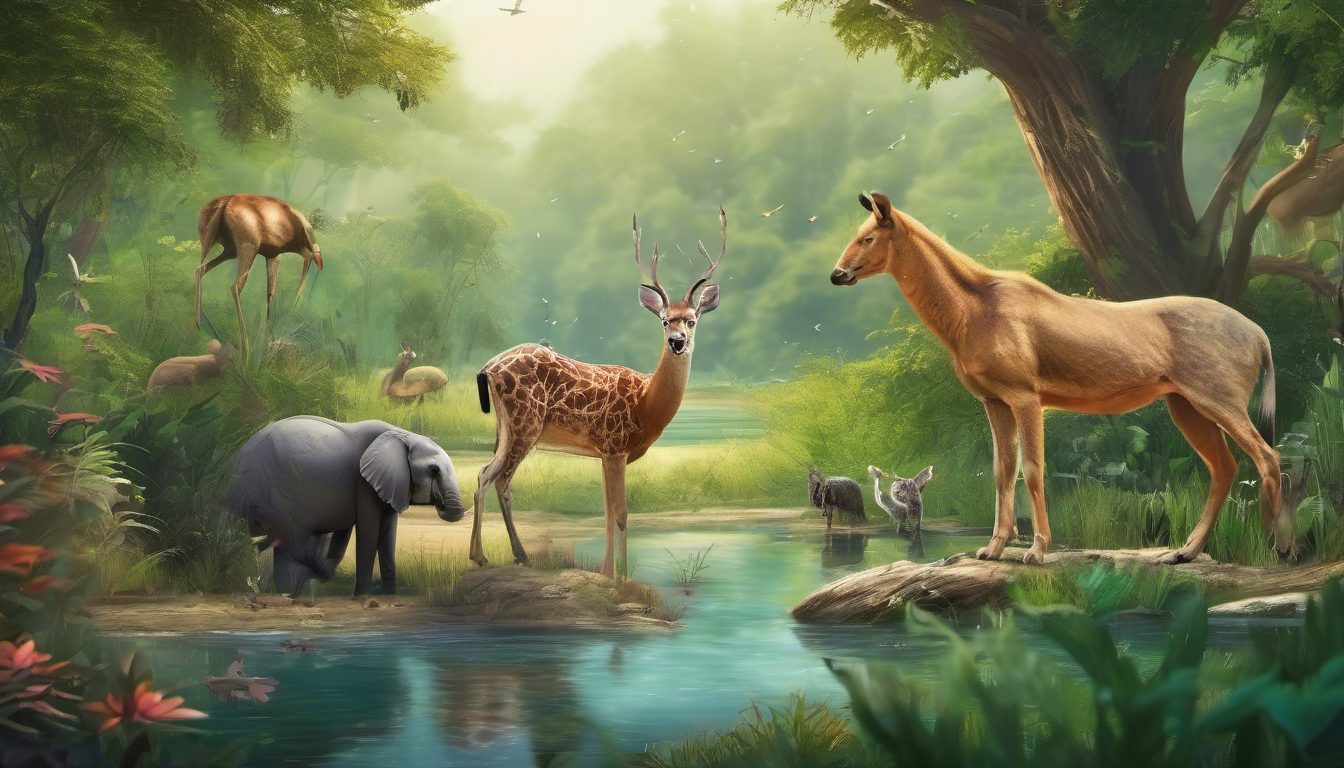Recent years have witnessed a surge in the integration of artificial intelligence (AI) into environmental conservation endeavors, heralding a new era in our efforts to safeguard the natural world. The convergence of technology and conservation not only holds great promise for the future of our planet but also opens up exciting avenues for addressing pressing environmental challenges. Join me on a captivating journey as we delve into the transformative impact of AI in protecting and preserving our environment.
Unleashing the Potential of AI in Conservation
Envision a future where drones armed with AI technology soar through the skies, stealthily tracking and monitoring endangered species in real-time. This scenario is not plucked from the pages of a sci-fi novel but is a tangible reality reshaping conservation practices today. AI-driven tools such as camera traps and satellite imagery analysis are revolutionizing how we study and safeguard biodiversity, offering new insights and avenues for conservationists.

Sharing a personal anecdote from a volunteering expedition to a remote rainforest underscores the pivotal role AI plays in conservation. While assisting researchers in monitoring bird populations, we harnessed AI software to analyze bird calls captured in audio recordings. Witnessing the AI identify various bird species, track migration patterns, and flag disruptions in their habitats was a testament to how technology enhances our comprehension of ecosystems and bolsters preservation efforts.

Advancements in AI Technology for Environmental Conservation
The Pivot of Machine Learning Algorithms
At the core of AI’s impact in environmental conservation lies the prowess of machine learning algorithms. These algorithms possess the ability to sift through vast troves of data, spotting patterns and trends that might elude human observation. By scrutinizing data on climate shifts, habitat degradation, and wildlife demographics, AI offers invaluable insights to shape conservation strategies.

Reflecting on a recent conservation technology conference, a breakthrough moment emerged with a machine learning algorithm demonstration. The algorithm had been trained to pinpoint illicit logging activities within rainforests by parsing satellite imagery, swiftly identifying telltale signs of deforestation. This precision empowered authorities to take timely measures to shield endangered habitats from harm.
The Ethical Compass in AI-driven Conservation
As we embrace the transformative potential of AI in environmental conservation, navigating ethical considerations becomes paramount. A prevailing concern is the potential sidelining of human involvement in conservation efforts due to over-reliance on AI technologies. Balancing efficiency and scalability with human expertise and ethical frameworks is pivotal in fostering responsible and enduring conservation practices.

In a thought-provoking panel discussion centered on AI ethics in conservation, experts underscored the need for transparency in AI algorithms and decision-making processes. Upholding transparency and accountability fortifies trust in AI systems, fostering collaborative endeavors between tech virtuosos and conservationists to advance shared conservation objectives.
Fostering Collaboration for Impactful Conservation
Embarking on a voyage to a wildlife sanctuary, I bore witness to a harmonious collaboration between AI specialists and on-ground conservationists. AI-enabled cameras diligently captured animal behaviors and migration routes, furnishing invaluable data for conservation blueprints. Yet, it was the interplay between AI-driven insights and the contextual expertise of local conservationists that breathed life into actionable conservation initiatives.

A poignant recollection emerged when a seasoned conservationist shed light on how their in-depth understanding of a particular bird species unveiled a looming threat to its habitat that the AI monitoring system had initially overlooked. This narrative epitomized the synergistic bond between AI technology and human acumen, spotlighting the significance of collaborative synergy in conservation pursuits.
In closing, the future of environmental conservation is a tapestry woven by the interplay of cutting-edge technology and human ingenuity. Let’s continue to embrace collaboration, leverage AI tools like machine learning algorithms and data analytics, and heed ethical considerations as we chart a path towards a more sustainable relationship between technology and conservation.
As we bid adieu, ponder on the boundless possibilities that lie ahead. Remember, the future is as bright as we choose to make it. Stay inspired, stay curious, and let’s embark on this journey together to safeguard and cherish our planet for generations to come.